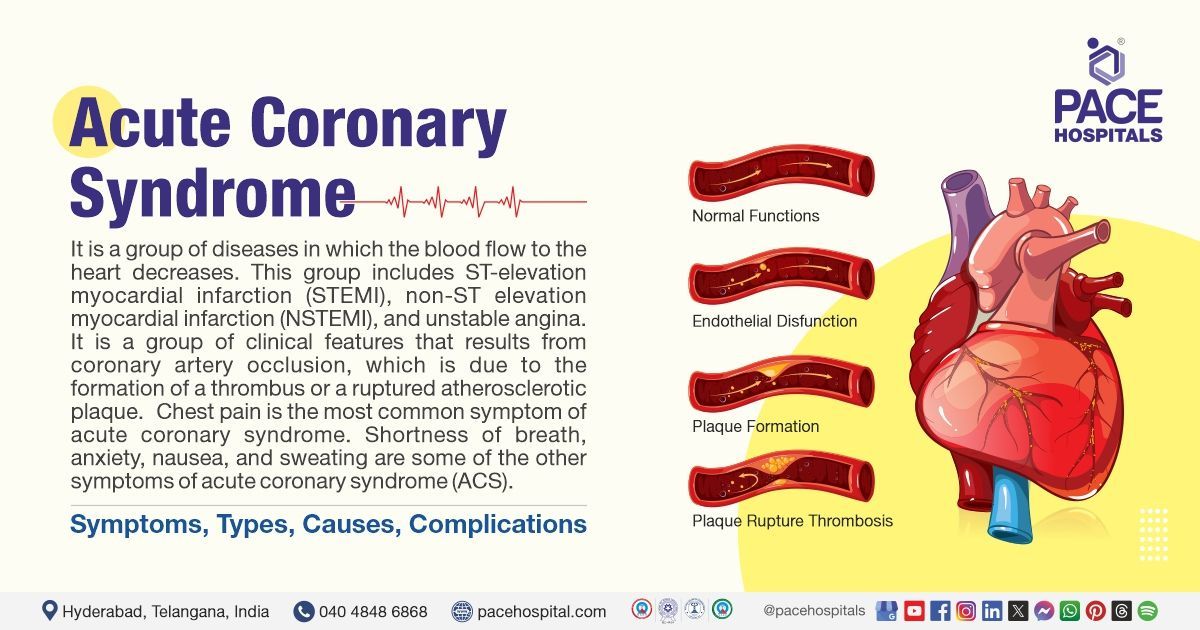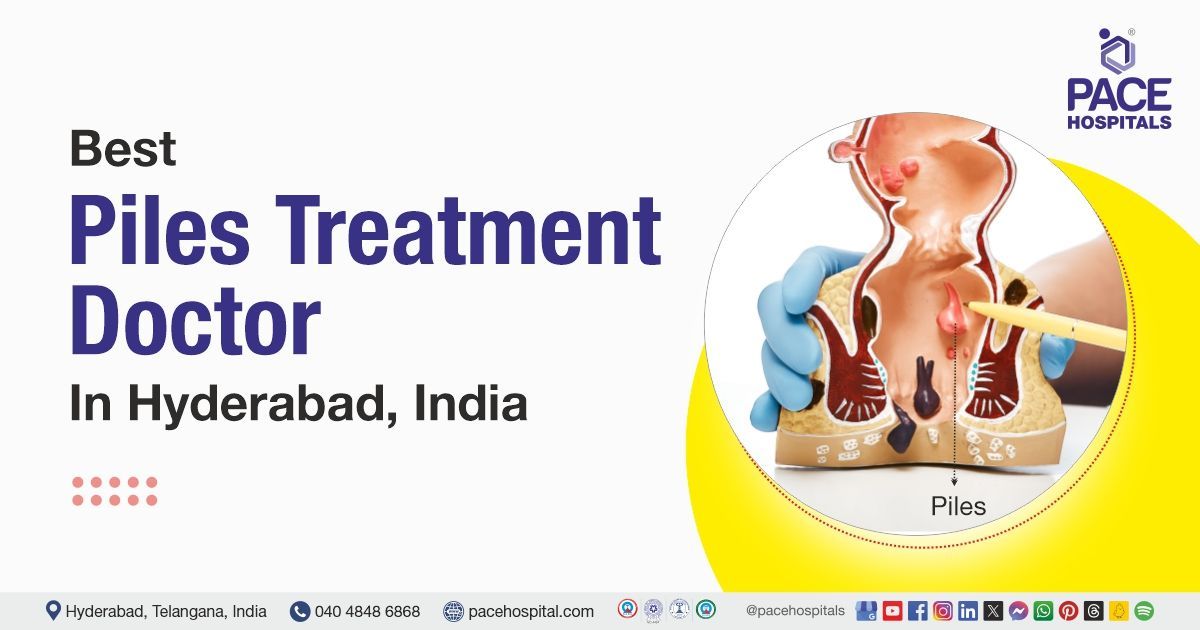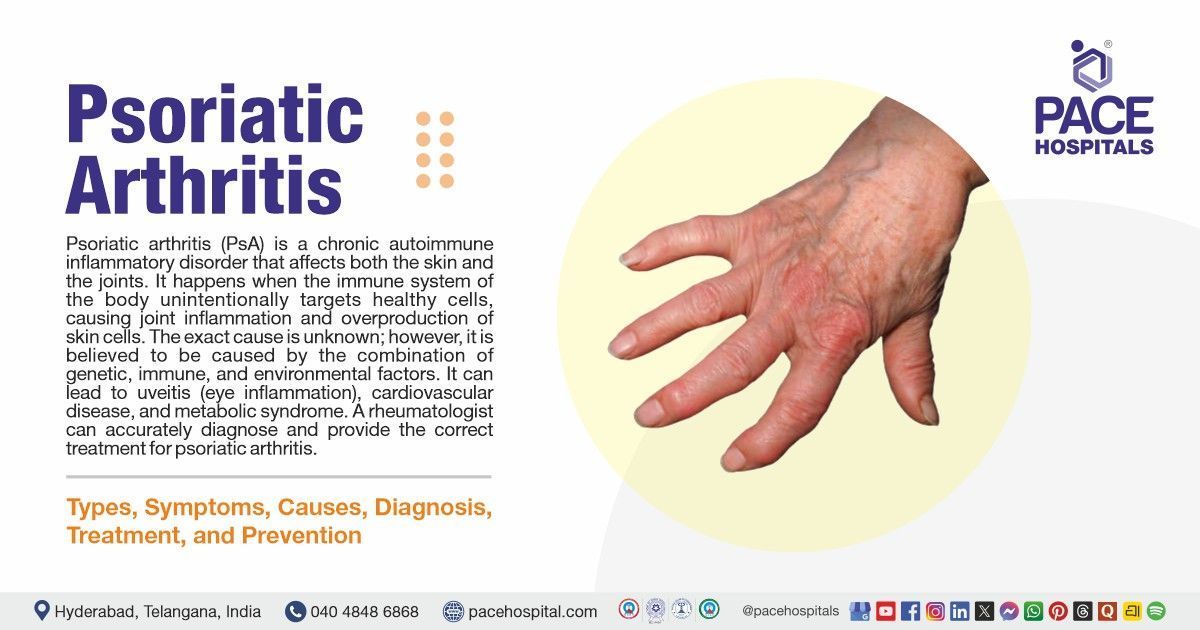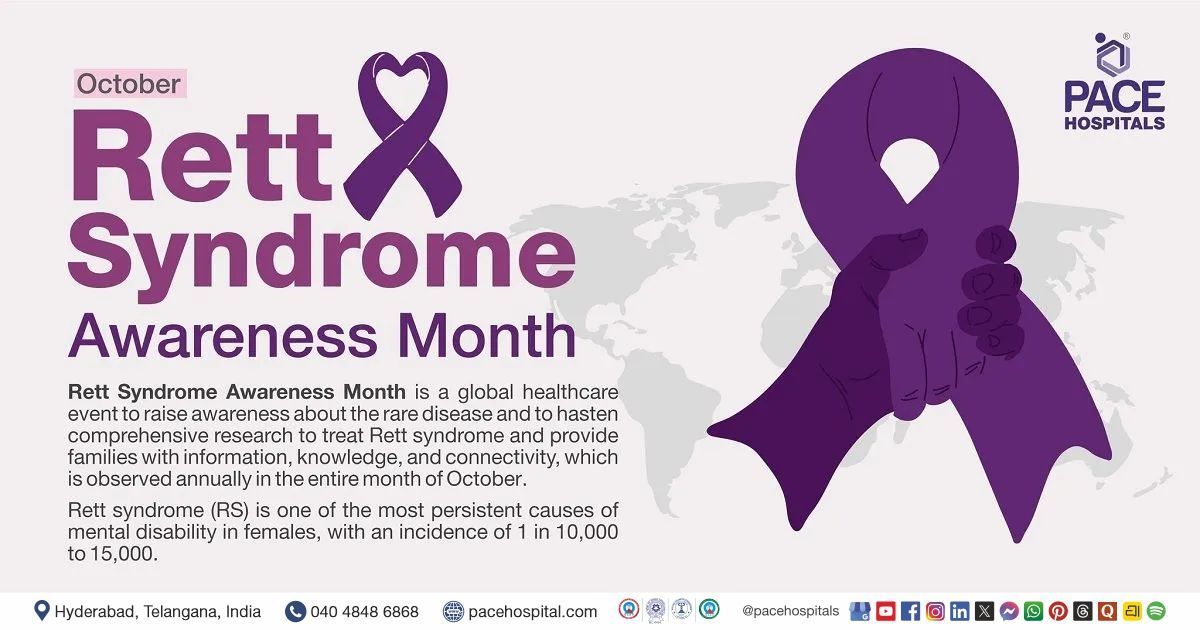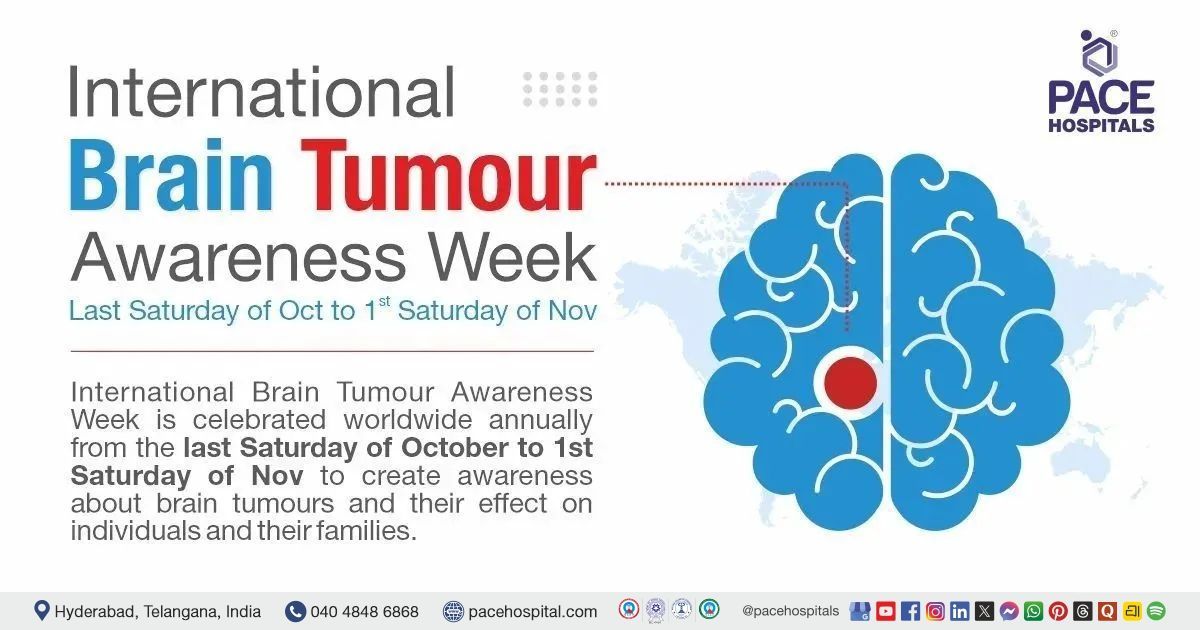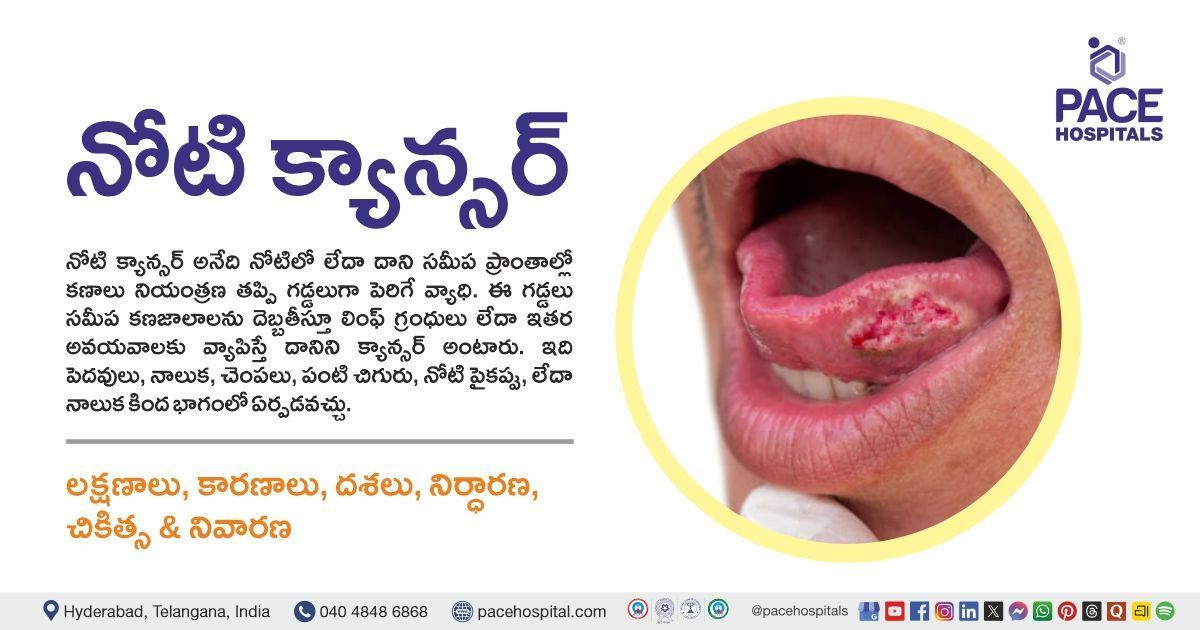Acute Coronary Syndrome - Symptoms, Types, Causes, Diagnosis & Treatment
Acute coronary syndrome definition
It is a group of conditions in which the blood flow to the heart decreases. When blood flow to the heart muscle decreases, it can cause damage to the heart. This group includes ST-elevation myocardial infarction (STEMI), non-ST elevation myocardial infarction (NSTEMI), and unstable angina. It is a group of clinical conditions that result from coronary artery occlusion, which is due to the formation of a thrombus or a ruptured atherosclerotic plaque. Chest pain is the most common symptom of acute coronary syndrome. Shortness of breath, anxiety, nausea, and sweating are some of the other symptoms of acute coronary syndrome (ACS). A
cardiologist can manage acute coronary syndrome.
Acute coronary syndrome meaning
Acute coronary syndrome is a combination of three words
The term “acute” is derived from the Latin word “acutus” meaning sharp, pointed. From the pie root “ak”, it means be sharp, rise (out) to a point, pierce.
The term “coronary” is derived from the Latin word “coronarius” meaning of or belonging to a wreath, presenting a garland like growth," and from “corona” meaning wreath, or “crown".
The term “syndrome” is extracted from the Greek word “syndrome” meaning concurrence of symptoms, or the concourse of people.
Prevalence of acute coronary syndrome
Prevalence of acute coronary syndrome globally
Acute coronary syndromes (ACS) are a leading cause of morbidity and mortality worldwide. Each year, an estimated 12 lakh individuals in the U.S. are hospitalized with acute coronary syndrome. STEMI (ST elevated myocardial infarction) accounts for about 30 percent of these hospitalizations, while NSTEMI (Non-ST elevated myocardial infarction) accounts for the remaining 70 percent of cases.
Prevalence of acute coronary syndrome in India
The burden of acute coronary syndrome (ACS) is high in India. About 20,468 cases have been registered from 89 centers across 10 regions and 50 cities in India. In India, patients with acute coronary syndrome (ACS) have a higher rate of STEMI (61%) in comparison with patients in high-income countries (15-25%).
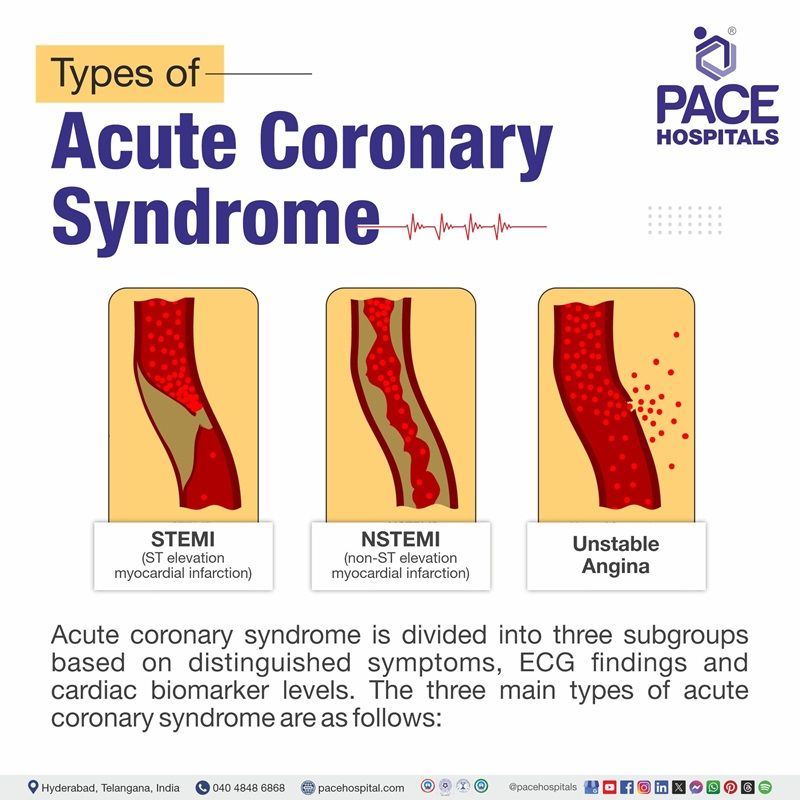
Acute coronary syndrome types
An acute coronary syndrome is divided into three subgroups: ST segment elevation myocardial infarction, non-ST segment elevation myocardial infarction, and unstable angina. Different types of acute coronary syndrome are briefly described below:
- STEMI (ST elevation myocardial infarction): One type of acute coronary syndrome is STEMI (ST elevation myocardial infarction). It is a life-threatening and time-sensitive emergency that results from the complete thrombotic blockage of the infarct-related artery. Patients generally present with symptoms of severe chest pain and large myocardial risk areas. Rapid access to coronary revascularization strategies are recommended in this type of acute coronary syndrome. Hypertension, hyperlipidemia, smoking, and diabetes are some of the risk factors that contribute to the development of atherosclerosis and increase the likelihood of plaque instability.
- NSTEMI (non-ST elevation myocardial infarction): It is a pressure-like substernal pain, which occurs while at rest or during physical exertion. This pain usually lasts for more than 10 minutes, and it can travel to either the arm, the neck, or the jaw. It is also associated with dyspnea, nausea or vomiting, syncope, and fatigue (tiredness). Risk factors include male gender, older age, family history of coronary artery disease (CAD), personal history of coronary artery disease, diabetes, and renal insufficiency. Stabbing pain or epigastric or abdominal pain, indigestion, and isolated dyspnea (shortness of breath) are some of the atypical symptoms of this type of acute coronary syndrome.
- Unstable angina: It is one of the several acute coronary syndromes that occurs while resting and causes unexpected chest pain. It does not go away with rest and should be treated as an emergency as it may be a sign of a heart attack and can even lead to
cardiac arrest.
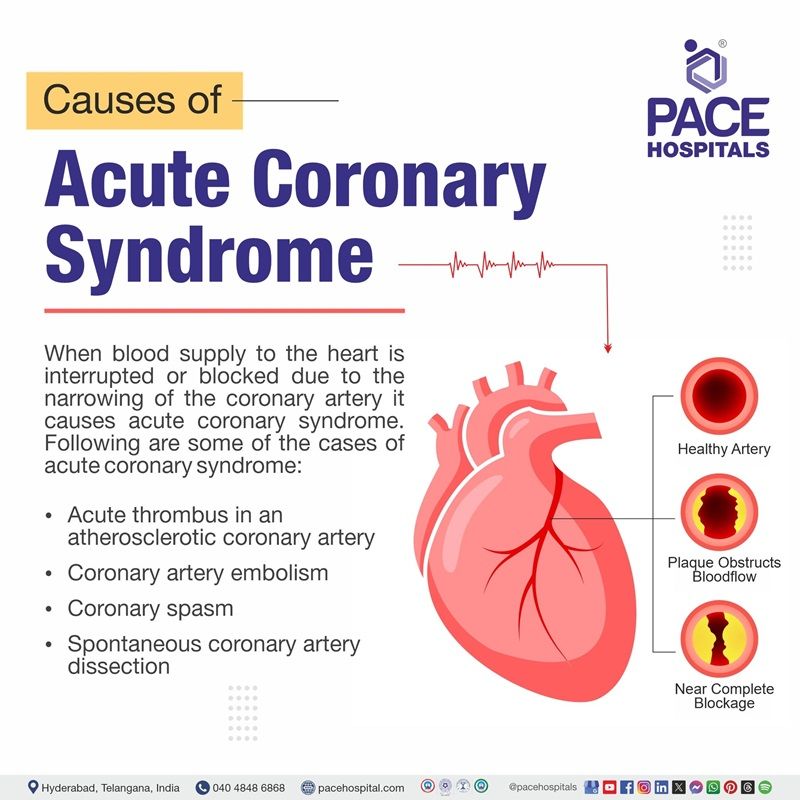
Acute coronary syndrome causes
When blood supply to the heart is interrupted or blocked due to the narrowing of the coronary artery it causes acute coronary syndrome. The rupture of a plague results in the formation of a blood clot and this blood clot may break down and narrow the coronary arteries.
Most common cause of acute coronary syndrome
- Acute thrombus in an atherosclerotic coronary artery is the most common cause of acute coronary syndrome. When a plague becomes inflamed, it gets ruptured exposing thrombogenic material, that activates platelets and the coagulation cascade, producing an acute thrombus. This thrombus abruptly interferes with blood flow to parts of the myocardium leading to ischemia.
Rare causes of acute coronary syndrome
Coronary artery embolism, coronary spasm, and spontaneous coronary artery dissection are the rare causes of acute coronary syndrome. They are described as follows:
- Coronary artery embolism: It can occur in mitral stenosis (narrowing of the mitral valves), aortic stenosis (narrowing of the aortic valves), infective endocarditis (inflammation of the endocardium due to bacterial infections), nonbacterial thrombotic endocarditis (formation of a sterile thrombus on the endocardium), or atrial fibrillation (irregular and rapid heart rhythm).
- Coronary spasm: It is described as chest tightness caused by the narrowing of the coronary artery. Coronary spasm increases the risk of myocardial infarction.
- Spontaneous coronary artery dissection: It is a non-traumatic tear in the coronary artery that creates a false lumen, through this false lumen blood flows, restricting the blood flow in the true lumen and resulting in ischemia.
Acute coronary syndrome risk factors
Risk factor can be anything that can increase the likelihood of developing a disease. There are several risk factors that contribute to the development of acute coronary syndrome. Risk factors of acute coronary syndrome are categorized as follows:
- Modifiable risk factors
- High blood pressure: Arterial high blood pressure by damaging the arterial lining, causes plague formation thereby increasing the risk of acute coronary syndrome.
- High cholesterol: Increased levels of cholesterol lead to the buildup of plaque within the arteries interrupting the blood supply thereby increasing the risk of acute coronary syndrome (ACS).
- Smoking: It is one of the major risk factors for heart disease. It is a factor that promotes atherosclerosis.
- Diabetes: Individuals with diabetes have a higher risk of developing acute coronary syndrome due to damaged blood vessels and blockages of coronary arteries due to the buildup of plaque.
- Physical inactivity: With no physical activity, there is an increased risk of heart diseases. Engaging in physical activity is important to reduce the risk of cardiac events.
- Being overweight or obese: Obesity causes hypertension and dyslipidemia which in turn are risk factors for acute coronary syndrome.
- Non modifiable risk factors
- Family history of chest pain, heart disease, or stroke: Individuals with a family history of heart diseases are at an increased risk of developing acute coronary syndrome.
- Age: The majority of acute coronary syndrome cases occur in individuals aged above 75 years. Acute coronary syndrome prevalence is higher in older individuals compared to younger individuals.
- Sex: Women often present with different symptoms than men with acute coronary syndrome. Women have more co-morbidities than men, and this factor increases the risk of developing acute coronary syndrome.
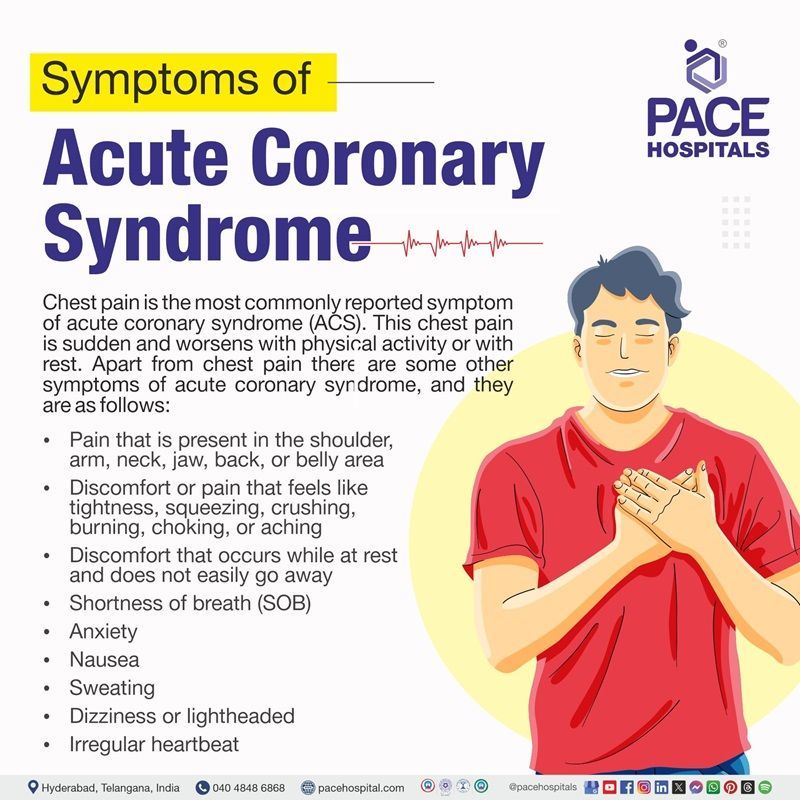
Acute coronary syndrome symptoms
Chest pain is the most commonly reported symptom of acute coronary syndrome (ACS). This chest pain is sudden and worsens with physical activity or at rest. Patients often describe chest pain as discomfort that feels like pressure, tearing, gas with the urge to eructate, indigestion, burning, aching, stabbing, and sometimes sharp needle-like pain. Acute coronary syndrome signs and symptoms are as follows:
- Pain that is present in the shoulder, arm, neck, jaw, back, or belly area
- Discomfort or pain that feels like tightness, squeezing, crushing, burning, choking, or aching
- Discomfort that occurs while at rest and does not easily go away
- Shortness of breath (SOB)
- Anxiety
- Nausea
- Sweating
- Dizziness or lightheaded
- Irregular heartbeat
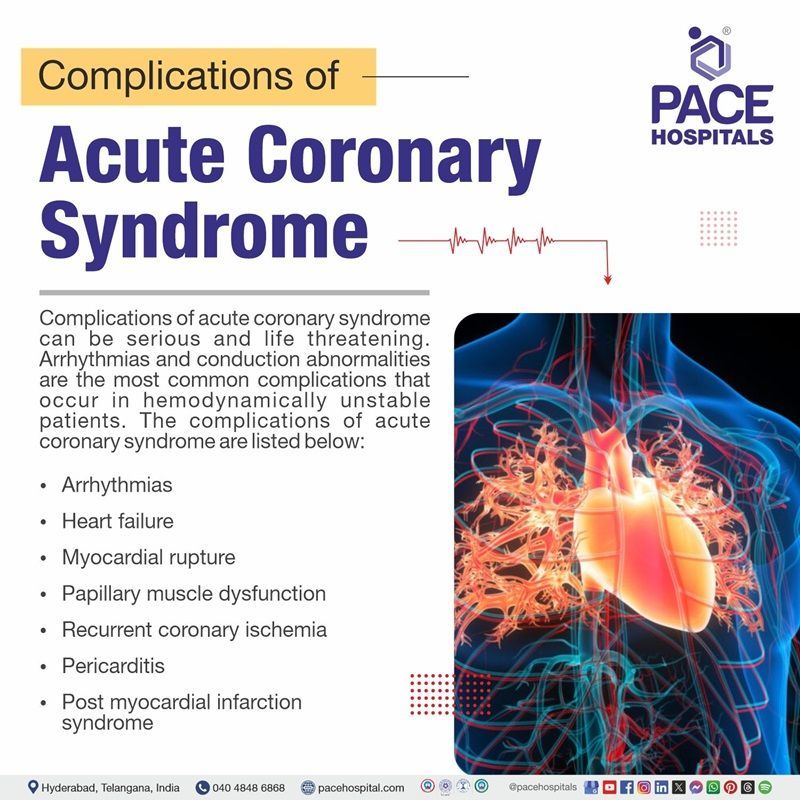
Acute coronary syndrome complications
Complications of acute coronary syndrome can be serious and life threatening. Arrhythmias and conduction abnormalities are the most common complications that occur in hemodynamically unstable patients. Revascularization strategies can reduce the risk of complications but even after these procedures, the complications may still occur. The complications are described as following:
- Arrhythmias: Arrhythmia is an irregular rhythm of the heart that causes the heart to beat faster (tachycardia) or slower (bradycardia). It occurs in almost 10 to 20 percent of the patients who have myocardial infarction.
- Heart failure: It is a medical emergency that occurs due to complete blockage of oxygen rich blood to the heart. It is more likely to occur in patients with large infarctions, hypertension, and muscle dysfunction.
- Myocardial rupture: It is a tear of heart muscles in the atria, ventricles, septum, or papillary muscles. It is a rare and serious complication that occurs in 1 percent of patients with myocardial patients. This intraventricular septum or free wall rupture accounts for about 15 percent of mortality in hospital cases.
- Papillary muscle dysfunction: It is a rare and life threatening complication that is characterized by symptoms of sudden appearance of a loud apical holosystolic murmur usually with pulmonary edema. It occurs in about 35 to 40 percent of patients during the first few hours of infarction.
- Recurrent coronary ischemia: It is a chest pain that reoccurs 12 to 24 hours after myocardial infarction. It can be identified by reversible ST-T changes on the ECG and elevation in blood pressure.
- Pericarditis: It is defined as the swelling and inflammation of thin saclike structure which surrounds the heart. It is seen in one third of the patients with acute transmural myocardial infarction.
- Post myocardial infarction syndrome: It occurs after several days to weeks or months of acute myocardial infarction and is characterized by fever, pericardial effusion (buildup of fluids in pericardium), pleuritis (inflammation of pericardium), pleural effusions, and joint pain
Acute coronary syndrome diagnosis
Diagnosis of acute is based on patient history, symptoms, electrocardiography findings, and cardiac biomarkers, which differentiate between ST elevation myocardial infarction and non-ST elevation acute coronary syndrome. Diagnosis of acute coronary syndrome involves the following steps:
Initial evaluation
- Medical history
- Physical examination
Diagnostic tests
- Laboratory testing
- Cardiac biomarkers
- Blood tests
- ECG
- ECG and serial ECG
- Imaging studies
- Echocardiography
- Coronary angiography
- Other tests
- Stress test
- Myocardial imaging
- Right heart catheterization
Acute coronary syndrome treatment
Treatment of acute coronary syndrome aims to reduce cardiac ischemia and to prevent death. The management of acute coronary syndrome is based on the type and amount of blockage in the coronary artery. Treatment is as follows:
Initial management
- Antiplatelet therapy
- Anticoagulation therapy
- Nitrates
- Opioids
- Oxygen therapy
- Beta blockers
- Statins
Revascularization procedures
- Percutaneous coronary intervention (PCI)
- Coronary artery bypass grafting (CABG)
Rehabilitation and Lifestyle modifications
- Cardiac rehabilitation
- Lifestyle changes
Acute coronary syndrome prevention
Acute coronary syndrome (ACS) can be prevented in many ways. Following are some of the measures to prevent acute coronary syndrome:
- Diet: Following a healthy diet improves cardiac health. Adapting to a diet that is heart healthy which includes fruits, vegetables, whole grains, and lean meats. Lowering intake of foods high in cholesterol and fats. Intake of saturated fats can be reduced and replaced with omega 3 fatty acids intake.
- Physical activity: Regular physical activity helps in maintaining cardiac health. Engaging in various physical activities is recommended. Moderate exercise for 30 min is suggested.
- Body weight: Maintaining an ideal or normal body weight is very important to prevent cardiovascular diseases. Reducing body weight if obese or overweight. Obesity causes hypertension, diabetes, and dyslipidemia which in turn are the major risk factors of acute coronary syndrome.
- Smoking: Smoking alters the function of endothelium, and it is a factor that promotes atherosclerosis. Avoiding smoking and limiting alcohol consumption are the most effective measures of preventing acute coronary syndrome.
- Co-morbidities: Hypertension, diabetes, and dyslipidemia are the risk factors of acute coronary syndrome. Therefore, in acute coronary symptom patients, comorbidities such as hypertension, diabetes, and dyslipidemia have to be treated to prevent complications.
- General health: People need to get routine health checkups, blood tests, and cholesterol levels measured regularly to prevent cardiac complications.
Difference between Acute coronary syndrome VS heart attack
Acute coronary syndrome VS heart attack
Acute coronary syndrome is a broad term which includes ST-elevation myocardial infarction (STEMI), non-ST elevation myocardial infarction (NSTEMI), and unstable angina. Myocardial infarction refers to the damage to the heart that is caused due to prolonged ischemia. The following are the parameters that differentiate acute coronary syndrome and myocardial infarction:
| Parameters | Acute coronary syndrome | Heart attack |
|---|---|---|
| Definition | It is a group of diseases in which the blood flow to the heart decreases. This group includes ST-elevation myocardial infarction, non-ST elevation myocardial infarction, and unstable angina. | A heart attack, also called myocardial infarction, is a medical emergency that is caused by the inadequate blood supply to one part of the myocardium. |
| Symptoms | Chest pain, shortness of breath (SOB), anxiety, nausea, sweating, dizziness or lightheaded and irregular heartbeat | Chest pain, upper extremity pain, mandibular, or epigastric discomfort that occurs during rest. |
| Causes | It is a clinical symptom of coronary heart disease and occurs as a result of platelet disruption in coronary arteries. | It is closely related to coronary artery disease and is caused due to complete blockage of the blood supply. Risk factors include smoking, hypertension, diabetes, and dyslipidemia. |
| Onset | Onset is abrupt or gradual without any prior warning. | It often precedes with warning signs such as chest pain or discomfort. |
| Treatment | Treatment includes initial management with antiplatelets and anticoagulants. Followed by symptomatic treatment with statins, beta-blockers, nitrates, and opioids. | Reperfusion therapy is indicated in all patients. Drug classes such as nitrates, beta-blockers, and anti-thrombotic therapy are included in the management of myocardial ischemia. |
Frequently Asked Questions (FAQs) on Acute coronary syndrome
Can women experience acute coronary syndrome differently than men?
Yes, women with acute coronary syndrome have a different presentation of symptoms than men. Women have higher odds of experiencing pain between the shoulder blades, nausea, vomiting, shortness of breath, and lower odds of chest pain.
How is acute coronary syndrome diagnosed?
Diagnosis of acute coronary syndrome involves a systematic approach that includes initial evaluation and diagnostic tests such as ECG, cardiac biomarkers, echocardiography, and coronary angiography.
What are the treatment options for acute coronary syndrome?
Treatment depends on the type and the amount of blockage in the arteries. Coronary angiography, percutaneous coronary intervention, medications to break down the blood clots, and medications to prevent blood clots are the treatment options available for treating acute coronary syndrome.
What lifestyle changes can help in preventing acute coronary syndrome?
Routine physical exercise, smoking cessation, reduced alcohol consumption, and dietary modifications such as including fruits, vegetables, whole grains, and lean meats in the diet are some of the lifestyle changes that can help prevent acute coronary syndrome.
What is the gold standard for the diagnosis of acute coronary syndrome?
In the diagnosis of acute coronary syndrome, cardiac troponins are considered as the gold standard test. They are proteins that control the calcium mediated interaction of actin and myosin. Their serum levels get elevated after 3 to 6 hours of the onset of symptoms and remain for about 10 days. They have good specificity and sensitivity for detecting myocardial cell death.
What is NSTEMI?
Non-ST elevation myocardial infarction is a type of acute myocardial infarction caused by partial blockage of the coronary artery. It is a medical emergency that needs immediate medical attention to prevent further progression to STEMI (ST elevation myocardial infarction).
What are the complications of PCI?
Aortic injury, bleeding at the access site, local or systemic infection, renal failure, stroke, and myocardial infarction are some of the complications of percutaneous coronary intervention.
How is acute coronary syndrome different from a heart attack?
Acute coronary syndrome is a group of diseases that occurs when the blood supply to the heart decreases whereas heart attack is one of the types of acute coronary syndrome. Acute coronary syndrome occurs due to blockage in a coronary artery, while heart attack results from the death of cardiac muscle due to blockage of the coronary artery.
What is the role of ECG in diagnosing acute coronary syndrome?
ECG is an important step in the initial diagnosis of patients with symptoms suspected to be related to myocardial ischemia. The role of ECG in diagnosing acute coronary syndrome is to provide information regarding the presence, extent, and severity of myocardial ischemia (MI).
What type of blood test is done for acute coronary syndrome?
A cardiac biomarker is a blood test that shows if the heart is damaged. When the heart is damaged it results in leakage of certain proteins into the blood. A blood sample is withdrawn in patients suspected of having a heart attack to measure the levels of these cardiac proteins called troponins. Apart from cardiac biomarkers, a complete lipid profile is also recommended in diagnosing acute coronary syndrome.
Percutaneous coronary intervention (PCI) with or without stent placement and coronary artery bypass grafting (CABG) are the two revascularization procedures usually involved in the treatment of acute coronary syndrome. Revascularization is a minimal invasive procedure that restores blood supply to the heart muscle in order to reduce ongoing damage and to improve long term and short-term outcomes in patients with acute coronary syndrome.
Why are statins given to patients with acute coronary syndrome?
Many studies have indicated that with the use of statins, morbidity, and mortality is decreased in patients with atherosclerosis. Statins inhibit different pathological pathways such as dysfunction of endothelium, activation of inflammatory and coagulation cascades, and thrombus formation which can trigger acute coronary syndrome. Therefore, statins are used in the management of acute coronary syndrome.
What role does diet play in managing acute coronary syndrome?
Diet plays an important role in managing acute coronary syndrome. It reduces associated risk factors and influences a healthy heart. A healthy heart diet that includes fruits, vegetables, whole grains, and lean meat lowers the risk of incidence of acute coronary syndrome. Carbohydrate and fiber rich food can also decrease the levels of plasma lipids thereby preventing the prognosis of dyslipidemia which is a major risk factor of acute coronary syndrome.
What is the differential diagnosis of acute coronary syndrome?
Differential diagnosis is a process of differentiating two diseases with similar signs and symptoms. In acute coronary syndrome, the differential diagnosis includes anxiety disorder acute pericarditis, aortic stenosis, dilated cardiomyopathy, asthma, myocarditis, emergent treatment of gastroenteritis, esophagitis, myocardial infarction and hypertensive emergencies in emergency medicine
Share on
Request an appointment
Fill in the appointment form or call us instantly to book a confirmed appointment with our super specialist at 04048486868

